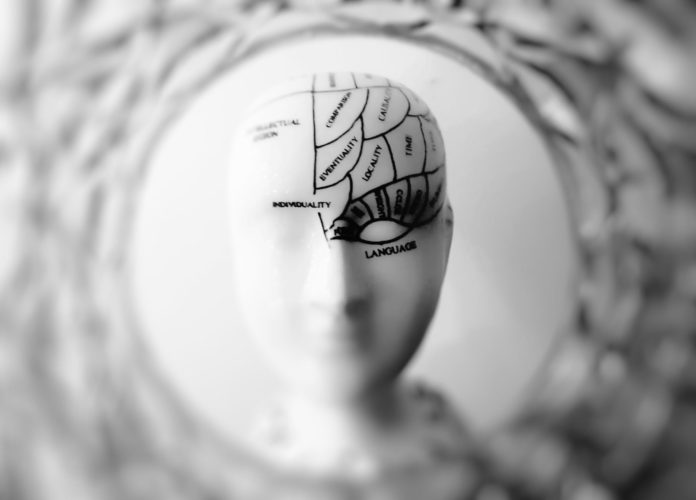The brain is the CPU of our body. Despite being the world’s most complex computer, the brain is the basis of the enormous amount of behavioral research.
Recently, neuroscientists at EPFL explored the mechanism behind ‘delayed motor response.’ Delayed-response paradigms are often used to study the neuronal circuits of sensorimotor transformation because they temporarily isolate the neuronal activity that bridges sensation and action.
Vahid Esmaeili, one of the study’s lead authors, said, “Our behavior is dominated by internal appetites like ‘want to eat’ or ‘want to touch,’ which come up in our mind as we explore the sensory world. However, it is often critical to wait until the appropriate moment before starting an action; for instance, in a sprint race, you get ready with the ‘Get Set’ signal but must not move before the ‘Go,’ regardless of how eager you are.”
Training mice performed the study to perform a behavioral task simulating this process: the mice would first receive a slight vibration to their whisker, which acted as a ‘Get Set’ signal. After a delay, the mice would hear a sound, which served as a ‘Go’ signal. If they licked a nozzle soon after ‘Go,’ the mice would get a drop of sugar water; if they licked it before the sound, they wouldn’t. The idea was to train the mice to wait until the ‘Go’ tone regardless of how eager they were to lick the nozzle after receiving the ‘Get set’ whisker vibration, predicting the sugar water.
Scientists used techniques like wide-field calcium imaging, multi-region high-density electrophysiology, and time-resolved optogenetics for the study. The methods help scientists track the exact circuit of activity in the brain’s cortex involved in it.
Scientists noticed that- while mice received the ‘Get set’ signal and waited for the ‘Go’ sound, their motor-preparation area became active while their motor-execution area was suppressed. After deactivating the motor-preparation area, mice could not lick the nozzle after the ‘Go’ sound. In contrast, activation of the motor-execution area prompts mice to prematurely licked the nozzle, failing to wait until the ‘Go’ sound.
It means the ‘Get set’ cue activates both the preparation of movement and suppression of its premature execution in distinct brain regions. This also enables timely reaction to the ‘Go’ signal.
Professor Carl Petersen at EPFL’s School of Life Sciences said, “Building on the present finding, we can study circuit mechanisms for how different brain areas suppress or activate each other. This can lead us to elucidate further how we can make quick, accurate movements, and how we can suppress internal impulses by cognitive control.”
Journal Reference:
- Vahid Esmaeili, Keita Tamura et al. Rapid suppression and sustained activation of distinct cortical regions for a delayed sensory-triggered motor response. Neuron 01 June 2021. DOI: 10.1016/j.neuron.2021.05.005
